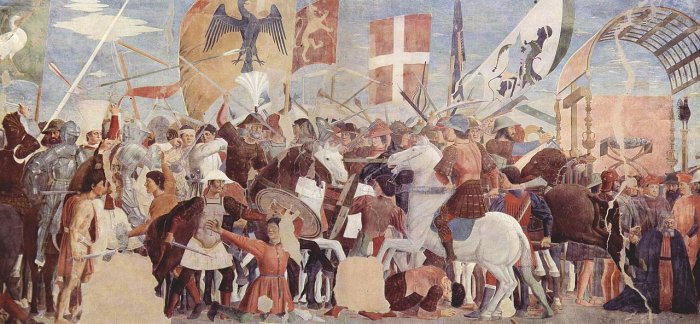MessageToEagle.com – On Dec 12, 627 AD, the Battle of Nineveh was fought between the forces of the Byzantine Empire, under the Emperor Haraclius, and those of the Sassanid Persian Empire, under the Persian King Chosroes II’s lieutenant, Rhahzhad.
In this battle, a Byzantine army under Emperor Heraclius defeated Persian forces. The event took place during the period of the Byzantine-Sassanid War of 602–628.

Both Heraclius and the Persians approached from the east of the ruins of the ancient Assyrian Empire capital of Nineveh in Assuristan (Assyria) province.
Persian reinforcements were near Mosul. After the battle, Heraclius went back east while the Persians looped back to Nineveh itself before following Heraclius again.
The Persian force was in pursuit but quickly became the pursued as Heraclius’ army feigned retreat only to turn about and deliver a decisive defeat.
Losses were not overwhelming, but the inability of the Persian force to effectively dissuade the Byzantine route of march left the imperial heartland open and brought the war to an end.
The Byzantine victory later resulted in civil war in Persia and for a period of time restored the empire to its ancient boundaries in the Middle East.
This resurgence of power and prestige was not to last, however, as within a matter of a few years, an Arab Caliphate emerged from Arabia and once again brought the empire to the brink of destruction.
The battle took place on the upper reaches of the Tigris River.
MessageToEagle.com






